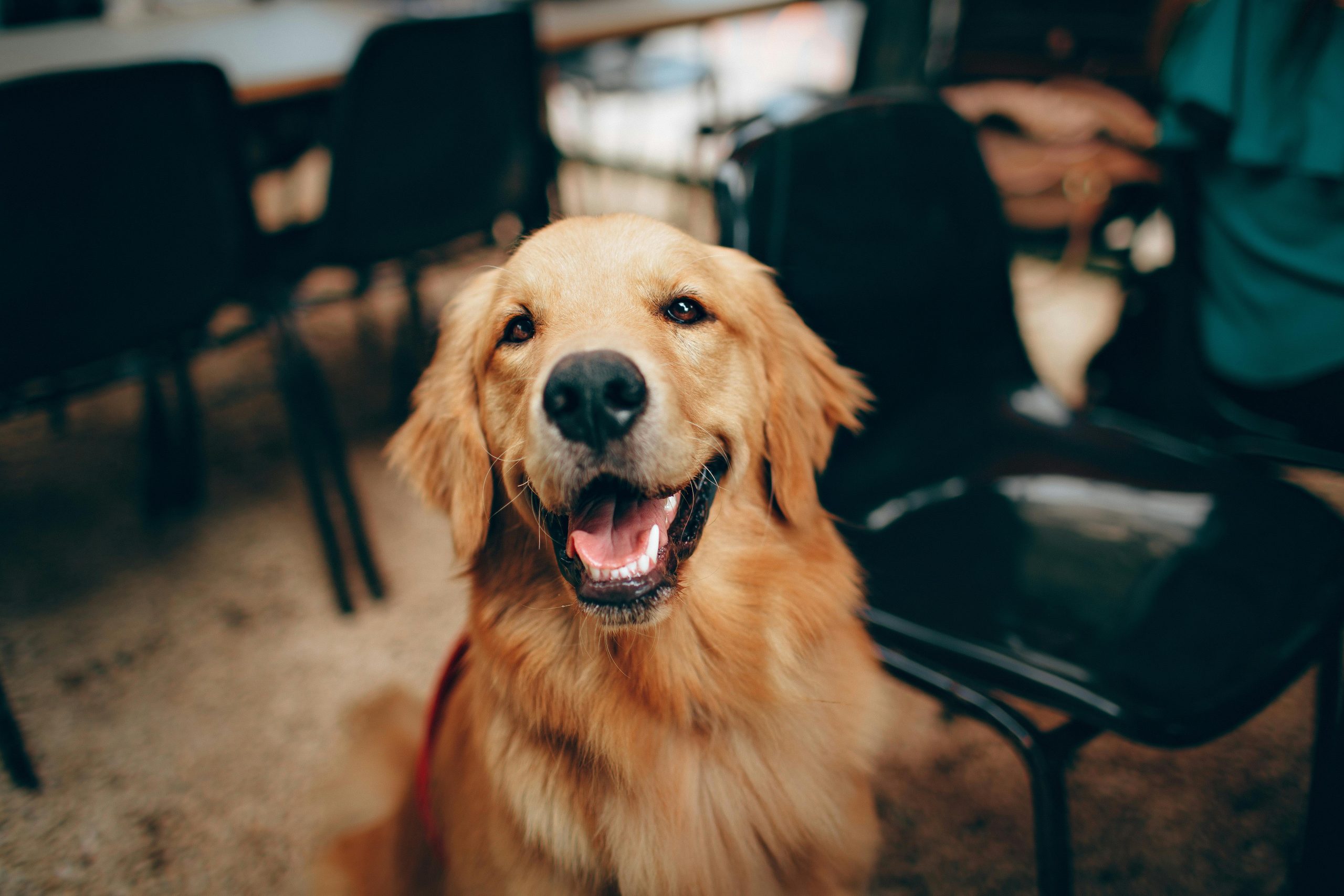How to Prevent Your Dog from Jumping on Guests Without Scolding?

Does your dog have a tendency to jump on guests and people visiting your home? This behaviour, while sometimes seen as a sign of friendliness and enthusiasm from your pet, can be troublesome and even dangerous, especially if the person being jumped on is not expecting it or is physically vulnerable. This article will provide you with a comprehensive guide on how to manage this behaviour effectively without resorting to scolding or punishment.
Understanding Your Dog’s Jumping Behavior
Before you can effectively address your dog’s jumping behavior, it’s important to understand why dogs jump in the first place. Dogs are social animals, and jumping is a natural behaviour that they display for various reasons.
A lire également : How to Care for a Deaf Dog to Ensure Its Safety and Happiness?
When puppies are young, they jump up to reach their mother’s face and get her attention. This behaviour is often carried into adulthood, where dogs may jump to greet their human family members or guests in the same way. It can be a way for them to signal their excitement or a desire for attention.
However, your dog may also jump out of anxiety or stress. In some instances, jumping can be a method of asserting dominance. Understanding the root cause of your dog’s behavior is integral to addressing it effectively.
En parallèle : What’s the Best Flooring for Pets with Arthritis or Joint Issues?
Training Your Dog to Sit On Command
One of the most effective ways to prevent your dog from jumping on people is by teaching them to sit on command. This provides them with an alternate, acceptable behaviour to perform when they are excited or seeking attention.
Start by choosing a quiet location free from distractions. Use a treat to catch your dog’s attention and hold it above their head. As their gaze follows the treat, they will naturally sit down. Immediately after they sit, reward them with the treat and praise them vocally. Repeat this process consistently, and soon your dog will associate the command "sit" with the action of sitting and the reward that follows.
Remember, you want to encourage your dog’s good behaviour with positive reinforcement rather than scolding them for the bad. If your dog fails to sit on command, do not resort to physical punishment or shouting. Simply withhold the treat and try again.
Redirecting Your Dog’s Attention
Another strategy to prevent jumping is to redirect your dog’s attention. If your dog is focused on something else, they will be less likely to jump on guests. This can be achieved through various means, such as toys, tasks, or commands.
For example, if you know a guest is arriving, give your dog a toy to play with, or ask them to perform a task they’re familiar with, such as fetching a particular item. This can help keep them occupied and less likely to jump up at your guest in excitement.
Similarly, teaching your dog a range of basic commands can also serve as an effective diversion. Commands such as ‘lie down’, ‘stay’, or ‘go to your bed’ can all be used to direct your dog’s attention away from jumping on people.
Rewarding Good Behaviour
Rewarding good behaviour is an essential aspect of dog training. Whenever your dog behaves appropriately, such as keeping all four paws on the ground when a guest arrives, make sure to reward them. This can be in the form of treats, praise, or a favourite toy.
Rewards act as a powerful motivator for dogs. They reinforce positive behaviour and encourage your dog to repeat it. If your dog learns that they receive a reward when they don’t jump on people, they’re more likely to repeat this behaviour in the future.
However, remember that timing is crucial. You must reward your dog immediately after the desired behaviour occurs. This is because dogs live in the moment and might not make the connection between their behaviour and the reward if it’s given too late.
Consistency Is Key
Finally, it’s important to be consistent with your training. Dogs learn best through repetition and consistency. If you only enforce the no-jumping rule sporadically, your dog will become confused and less likely to adhere to the rule.
Ensure that all family members and regular visitors understand the rules and training methods you’re using. If one person allows the dog to jump up while another scolds them for it, the mixed messages will only confuse your dog and hinder your training efforts.
Remember, changing a dog’s behaviour takes time, patience, and persistence. Don’t give up if you don’t see immediate results. With consistent effort and positive reinforcement, your dog will eventually learn to keep all four paws on the ground.
Reinforcing Positive Behavior and Discouraging Negative Behavior
In the process of teaching your dog to refrain from jumping, it’s equally important to reinforce the positive behavior and discourage the negative behavior. This can be achieved through a method known as differential reinforcement.
Differential reinforcement involves praising or rewarding your pet when they display the appropriate behavior (in this case, not jumping on guests). For instance, if your dog stays on the floor when a guest arrives rather than jumping up, immediately reward them with a treat or praise. This will show your dog that their behavior is desirable and will encourage them to repeat it in the future.
Conversely, you should ignore or, in a gentle manner, discourage your dog when they jump on people. This does not mean you have to scold or punish your dog. Instead, when your dog jumps, you and your guest should avoid giving them any attention, including looking at them, touching them, or speaking to them. This is because any form of attention can be seen as a reward by your dog, which could inadvertently encourage more jumping.
In essence, what you’re doing with this approach is teaching your dog that jumping up results in being ignored, whereas staying on the ground leads to rewards. The key here is consistency. Make sure you and everyone else in the house follow these principles consistently to avoid sending mixed signals to your dog.
Conclusion: Cultivating Patience and Persistence
Training your dog to refrain from jumping on guests is not an overnight process. It requires both patience and persistence on your part. It’s essential to remember that this is a learning process for your pet and they may not always get it right.
Don’t get discouraged if progress seems slow or if your dog slips up occasionally. Instead, focus on the small victories and celebrate your dog’s progress, no matter how small it may seem. This will not only motivate your dog to continue their good behavior, but it will also make the training process more enjoyable for both of you.
In conclusion, preventing a dog from jumping on guests does not necessitate scolding or punishment. Instead, it’s about understanding your dog’s behavior, teaching them alternatives, redirecting their attention, reinforcing positive behavior, and being consistent in your training. Always remember, the goal is not only to teach your dog not to jump on guests but to cultivate a strong, healthy, and happy relationship between you and your pet.
